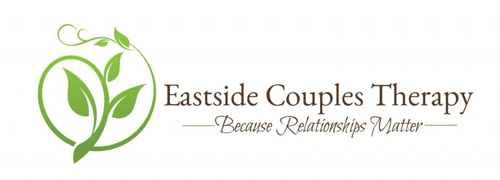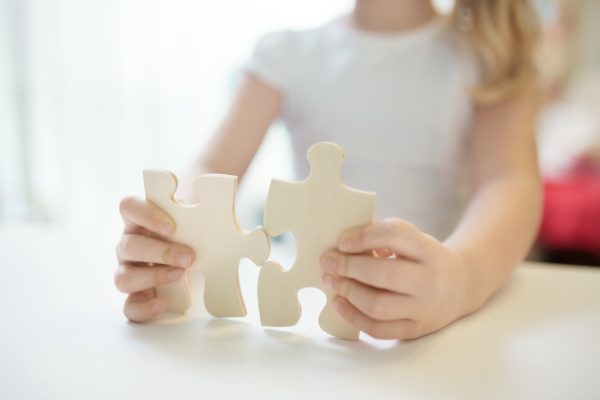Author: Jennifer S. Kennett
In my post on attachment parenting with teens, I talked a bit about the value of listening, and it got me thinking about the kinds of communication we use, particularly with our children. I came up with three kinds of communication—three ways in which we engage.
- To share or impart information
- To provide instruction, direction, or correction.
- To connect or attune.
I think that most of us are familiar with types one and two. Especially in the early years (0-5), a huge part of the parenting role is to instruct, direct and correct. We get used to being a ‘manager parent’. And yet, if all we do is manage and direct, we are missing a fundamental aspect of developing healthy attachment.
So what do I mean by attunement communication? The word ‘attune’ means ‘to bring into a harmonious or responsive relationship’.
To effectively attune with your child requires you to have the right attitude – the attitude of
“my child is a wondrous, autonomous being whom I want to connect with for the sole purpose of understanding and valuing in this moment.”
Active listening is the foundation of being good at attunement.
- Active listening means being fully present.
- Making eye contact, putting away distractions.
- It means listening without interruption.
- It means noticing your child’s non-verbal cues.
- It means engaging your empathy – trying to imagine how your child felt about the experience they are describing.
- It means responding back with messages of “I have heard you” through non-verbal cues, paraphrasing, and reflecting.
- It means offering acceptance rather than judgment, presence rather than solutions.
- It means slowing down.
I encourage you to ask yourself “How many times in the past week have I tried to attune to my child?
Share your comments below about what happens when you attune with your child or teen.






